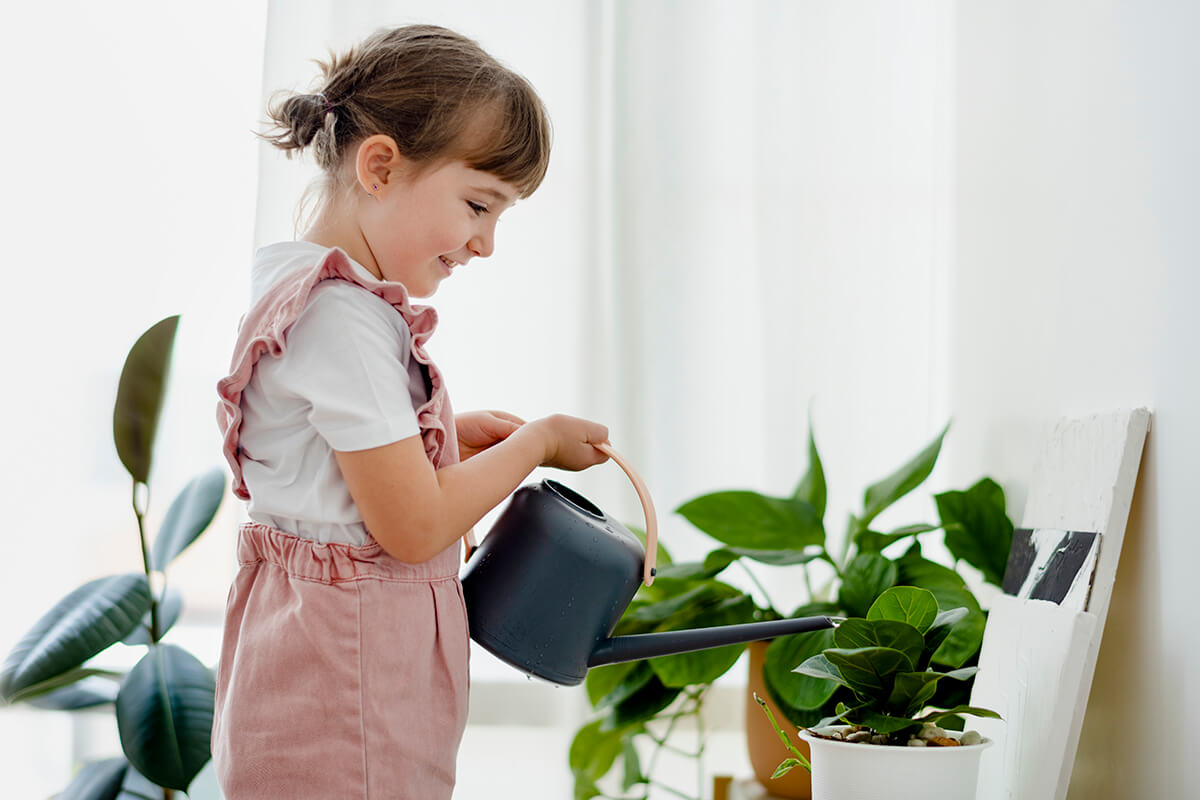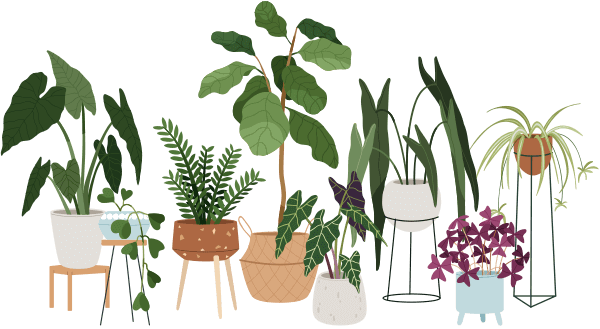If you’re welcoming a Wandering Jew (Tradescantia zebrina) into your home, watering is the first skill to master. This lush, trailing beauty—known for its striking purple stripes—thrives when you pay close attention to its watering needs. Don’t worry if you’ve made mistakes before or if this is your first plant: learning how to care for your Tradescantia zebrina is a journey, and you’re about to become a great plant parent!
How often should you water Wandering Jew?
Wandering Jew plants prefer a “just right” approach. Unlike succulents, they don’t want their soil bone-dry, but they don’t like sitting in soggy soil either.
- In general, water your Tradescantia zebrina once every 7–10 days during spring and summer.
- In fall and winter, reduce watering to every 2–3 weeks or when the top inch of soil feels dry to the touch.
Always check the soil before you water. Stick your finger in up to the first knuckle: if it’s dry, it’s time. If not, wait a few more days.
How much water does Tradescantia zebrina need?
Your Wandering Jew appreciates a good drink, but not a flood. When watering, add enough water so that it begins to drain from the bottom of the pot. This means the root ball is adequately moistened.
Practical tip: Use a watering can with a narrow spout to control the flow and avoid splashing.
Should you spray or mist Wandering Jew plants?
Many people wonder if they should mist their Tradescantia zebrina. While a light misting can briefly boost humidity, it’s not required and can actually lead to leaf spotting or fungal issues if done too often.
- Occasional misting is fine during particularly dry days, but focus more on overall room humidity than on daily spritzing.
What are the humidity needs of Tradescantia zebrina?
Wandering Jew plants appreciate moderate humidity. They tolerate typical home humidity levels but thrive when the air isn’t too dry.
To boost humidity:
- Place your plant near other houseplants.
- Set your plant on a tray of pebbles with water (the pot should rest on the pebbles, not in the water).
- Use a humidifier if the air becomes extremely dry, especially in winter.
Is Wandering Jew sensitive to overwatering?
Absolutely! Overwatering is one of the most common mistakes with Tradescantia zebrina. Soggy soil can lead to root rot—a condition where the roots sit in water and begin to decay.
Warning signs of overwatering:
- Yellowing, mushy leaves
- A musty smell from the soil
- Wilting despite the soil being wet
If you notice these, reduce watering and check that your pot has good drainage.
Is Tradescantia zebrina drought tolerant?
Wandering Jew doesn’t tolerate drought very well. It will forgive the occasional missed watering, but its leaves will lose color, and stems might shrivel if left dry for too long. Keep its soil lightly moist for thriving, vibrant foliage.
Is bottom watering or watering from the top better?
Either method works for Tradescantia zebrina:
- Top watering: The most common. Pour water onto the soil evenly until moisture drains from the bottom.
- Bottom watering: Set the pot in a saucer of water and let it soak for 10–15 minutes. Good for encouraging the roots to grow downwards.
Both methods are fine—choose what’s easiest. Just don’t leave the pot sitting in excess water, whichever way you water.
What to do with excess water after watering?
Never let a Wandering Jew sit in extra water for long. After watering, empty any water that’s collected in the saucer beneath the pot. This prevents soggy soil and root rot.
Wandering Jew Watering: Key Reminders
- Check soil moisture before watering—don’t guess!
- Water thoroughly but let soil dry a bit in between.
- Avoid constant misting.
- Raise humidity if the air is dry.
- Always empty extra water from saucers.
- Don’t let tradescantia dry out completely.
Remember: It’s okay if you overwatered or underwatered before. Plants are forgiving! With practice, your Wandering Jew will reward you with vibrant growth. Keep an eye on the soil, offer just the right amount of love, and your Tradescantia zebrina will thrive indoors.


